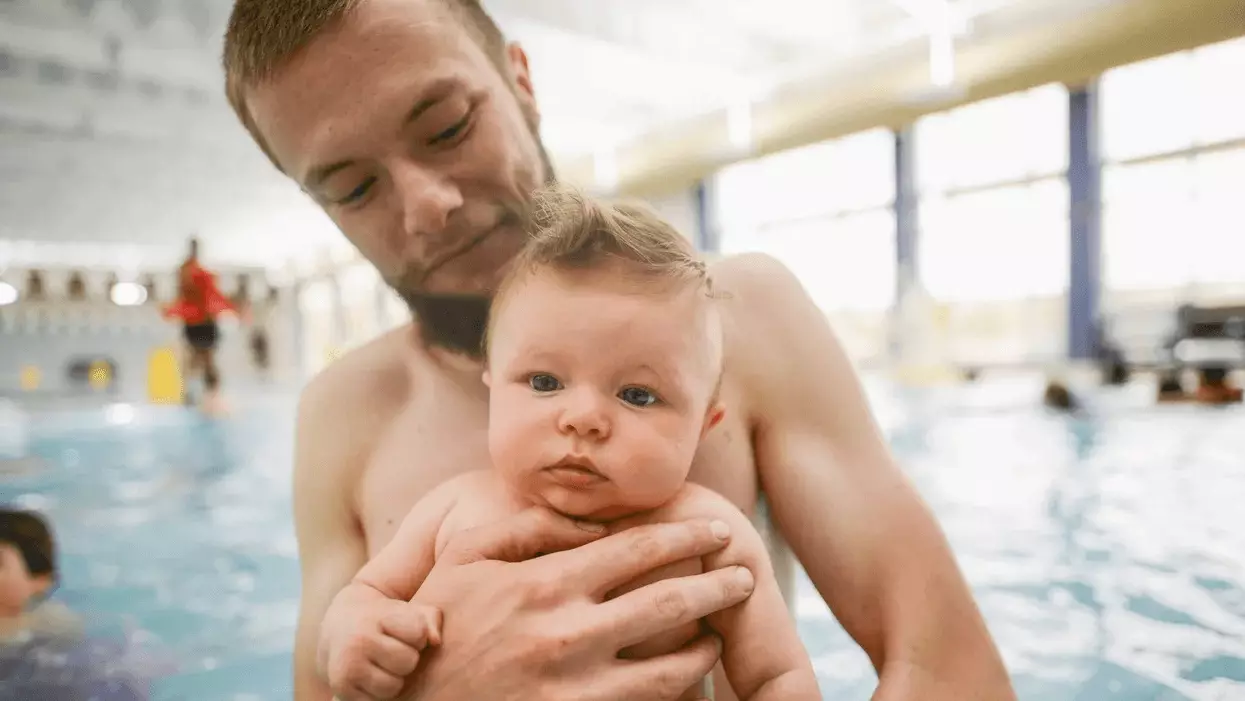Swimming is often regarded as a fundamental life skill, especially considering the countless recreational opportunities and safety concerns associated with water activities. The inquiry, “When should children start swimming lessons?” garners significant attention from parents, caregivers, and educators alike. Relying on recommendations from reputable organizations such as the American Academy of Pediatrics (AAP), this article delves into the optimal timing for children’s swimming lessons, the importance of safety measures, and considerations for parents in making informed choices.
Recognizing the significance of early exposure to swimming, the AAP asserts that children can benefit from swim lessons as early as 12 months. Completing a milestone like a child’s first birthday signifies readiness for this critical skill. However, developmental differences among children imply that not all one-year-olds will be prepared for swimming instruction. Thus, the AAP suggests a window of opportunity extends until the age of four for swim lessons to be implemented effectively.
It is crucial for parents to evaluate various aspects of their child’s readiness before embarking on swim lessons. Emotional and cognitive development, as well as physical capabilities, vary significantly among young children, which can affect their ability to learn and respond to swimming lessons. Parents should prioritize individual assessments to determine if their child is prepared and receptive to swimming lessons.
While many parents are eager to enroll their young ones in infant swim programs, the AAP urges caution. Specifically, the AAP states that there is no concrete evidence to assert that swim programs for infants under one year significantly reduce drowning risks. However, engaging in parent-and-baby water programs serves as an excellent introductory activity, facilitating acclimatization to water environments and laying the foundational groundwork for future swim lessons.
These early interactions in the water can be enjoyable and valuable for both parents and children, building comfort and familiarity in aquatic settings. Such programs should not replace direct swimming instruction but can, in fact, set the stage for a smoother transition into more structured lessons.
Despite the advantages of swimming lessons, it is essential to emphasize that no child can be deemed “drown-proof” by merely completing a swimming course. The AAP clearly states the paramount importance of vigilant adult supervision whenever children are near water bodies. This close oversight is especially critical as children aged one to four years are prone to unexpected access to water, often propelled by their innate curiosity.
In managing the risks associated with pools or other water settings, an adequately designed physical barrier is indispensable. The AAP recommends a four-foot isolation fence around pools, complete with gates that latch securely. This physical barrier acts as a significant line of defense against unsupervised access, which remains one of the leading causes of drowning incidents in young children.
Beyond barriers, parents should incorporate additional safety precautions, such as access to communication devices and lifesaving equipment near water areas. Having devices like life jackets and rescue tools nearby can be invaluable in emergencies. Parents visiting new locales or homes with swimming setups should conduct thorough assessments of the safety measures in place, ensuring locks on sliding doors and functioning gate mechanisms.
Moreover, putting a system in place for pool supervision can enhance safety during gatherings. Adults can take turns monitoring children in aquatics, ensuring proper attention is devoted to the youngsters.
Swimming lessons can impose financial burdens on families. Luckily, many communities have scholarship programs available to assist families with the costs of public pool lessons. Parents are encouraged to explore local resources, allowing for equitable access to these life-saving skills. Additionally, suggesting swimming lessons as a thoughtful gift for a child’s first birthday can promote the importance of water safety among family and friends.
Initiating swimming lessons for children can be a pivotal step in fostering water safety and enhancing overall enjoyment of aquatic activities. With input from the AAP, parents can better understand when to start lessons while acknowledging the diversity in children’s development. Alongside lessons, emphasizing the importance of supervision, barriers, and accessibility enhances the framework for water safety. Ultimately, a proactive approach to swim education not only helps prevent drowning incidents but also cultivates a love for swimming that can last a lifetime.

